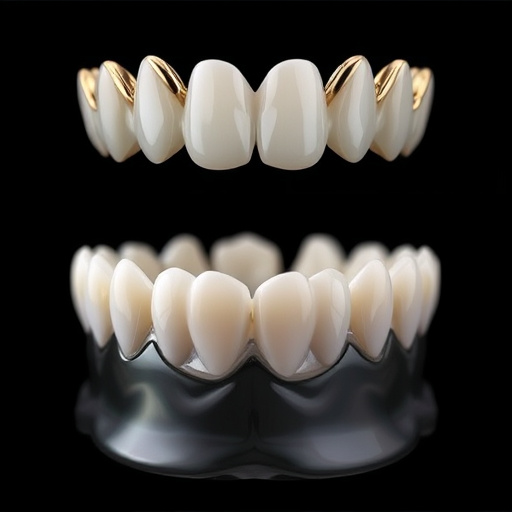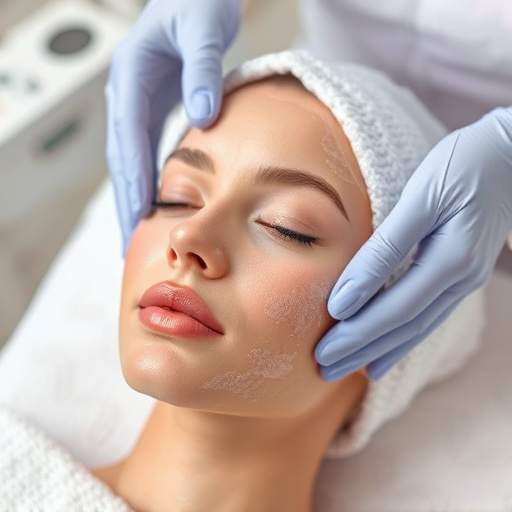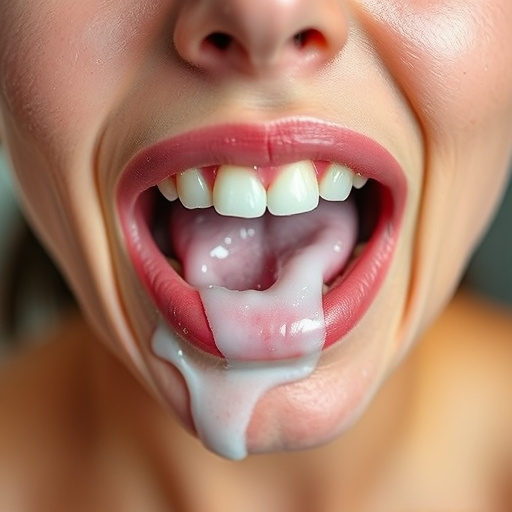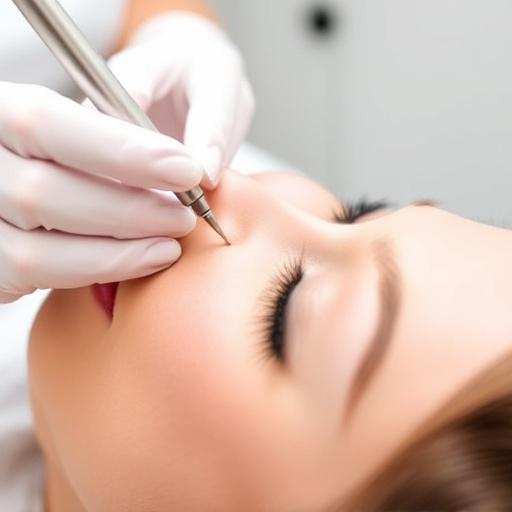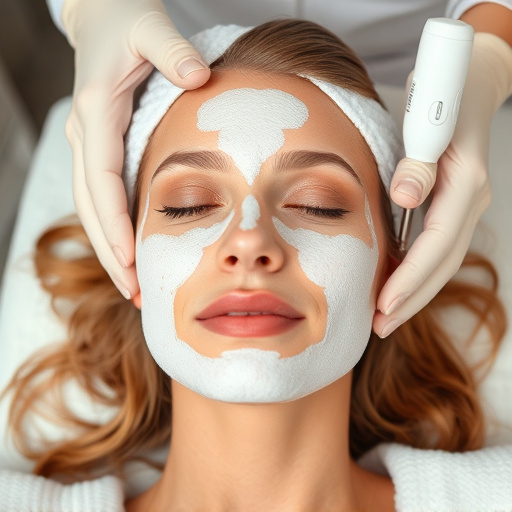Lactic acid peels improve skin texture and brightness by exfoliating dead cells, enhance product absorption, and reduce wrinkles over time. Risks include sensitivity reactions, dryness, or burning sensations, so follow dermatologist instructions for safe results tailored to individual needs. Preparation involves clean, moisturized skin, avoiding harsh exfoliants beforehand. Post-peel care includes soothing moisturizers, SPF sunscreen, and avoiding aggressive cleansers. Benefits include improved texture, glow, acne treatment, pore refinement, and brightening with proper aftercare.
Discover the power of lactic acid peels for revitalized skin without irritation. This comprehensive guide explores the benefits and risks of this popular exfoliant, empowering you to make informed decisions. Learn essential pre-peel preparation steps to ensure optimal results. We’ll walk you through the application process and post-peel care tips, helping you navigate this treatment safely. Uncover how to harness the advantages of lactic acid peels while avoiding potential downsides.
- Understanding Lactic Acid Peels: Benefits and Risks
- Preparing Your Skin for a Peel: Essential Steps
- Application and Post-Peel Care: Avoiding Irritation
Understanding Lactic Acid Peels: Benefits and Risks
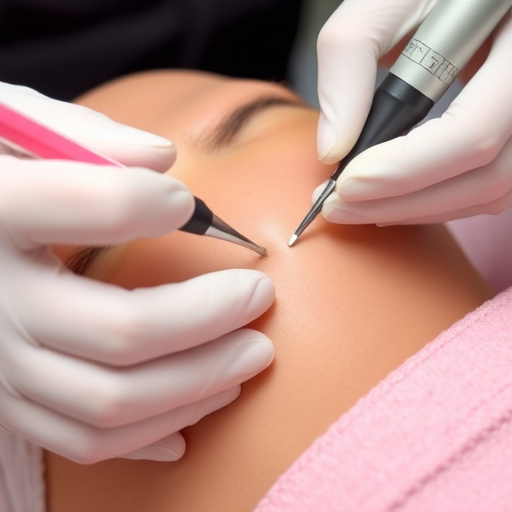
Lactic acid peels are a popular aesthetic treatment known for their ability to transform skin texture and appearance. This gentle yet powerful exfoliant works by breaking down dead skin cells, revealing smoother, brighter, and more even-toned skin underneath. Beyond improving skin texture, lactic acid peels offer several other benefits, including enhanced absorption of other skincare products and improved elasticity, which can aid in wrinkle reduction over time.
However, like any procedure, lactic acid peels come with potential risks. Sensitivity to the acid is a common concern, leading to irritation or redness, especially on sensitive skin. Prolonged exposure or incorrect application can also cause dryness, flaking, or even burning sensations. It’s crucial to follow the instructions provided by your dermatologist or skincare specialist to minimize these risks and maximize the benefits of lactic acid peels for your specific skin needs, whether you’re looking to enhance your complexion, address hyperpigmentation, or explore alternatives to laser hair removal.
Preparing Your Skin for a Peel: Essential Steps
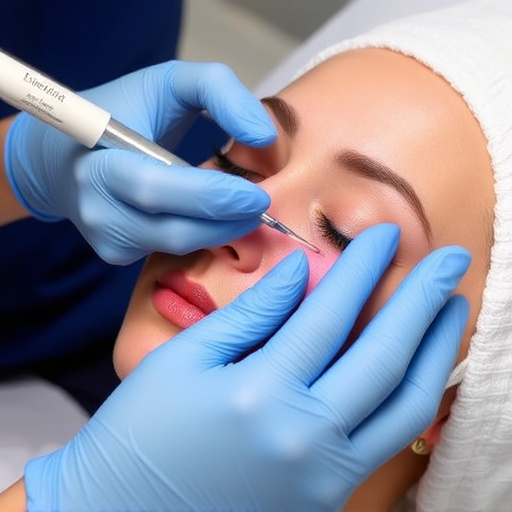
Preparing your skin for a lactic acid peel is an essential step to ensure optimal results and minimize irritation. Before the treatment, it’s crucial to start with clean, dry skin. Remove any makeup, excess oil, or dirt using a gentle cleanser suitable for your skin type. Moisturize your face to keep the skin hydrated, as this can help reduce potential post-peel dryness. Avoid using harsh exfoliants or performing deep cleansing procedures a few days leading up to the peel; these actions may make your skin more sensitive.
Additionally, consider any existing skin conditions or allergies that could be affected by the peel. If you have sensitive skin or are undergoing other aesthetic treatments like laser hair removal or non-surgical procedures, consult a dermatologist or skincare professional first. They can provide guidance tailored to your needs, ensuring that your skin is in the best condition for the lactic acid peel.
Application and Post-Peel Care: Avoiding Irritation
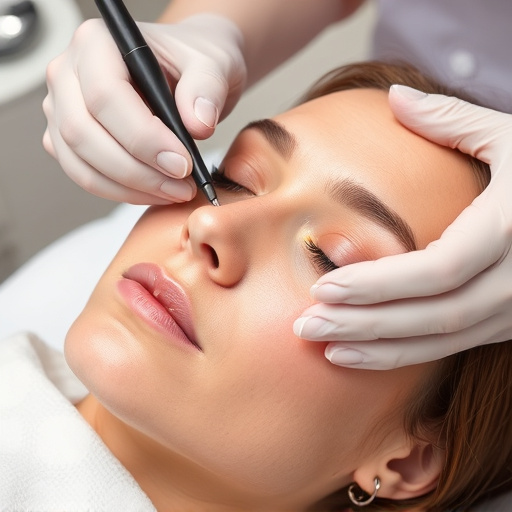
After performing a lactic acid peel, proper application and post-peel care are essential to avoid irritation and maximize benefits. Following the treatment, gently apply a soothing moisturizer suitable for sensitive skin to hydrate and calm the area. Avoid direct sunlight and always use sunscreen with at least SPF 30 during the day.
To prevent further irritation, steer clear of aggressive exfoliants or harsh cleansers for a few days post-peel. Instead, opt for gentle, hydrating cleansers to maintain the skin’s barrier. Remember that lactic acid peels offer numerous advantages, including improved skin texture, enhanced glow, and effective acne treatments, as well as pore refinement and skin brightening. With careful consideration and the right aftercare routine, you can enjoy these benefits without experiencing any discomfort.
Lactic acid peels can be a game-changer for achieving smoother, brighter skin, but understanding their application and potential risks is crucial. By preparing your skin properly and following post-peel care guidelines, you can minimize irritation and maximize the benefits. Remember, when used correctly, lactic acid peels offer a safe and effective way to rejuvenate your complexion, leaving you with a radiant, healthy glow.



